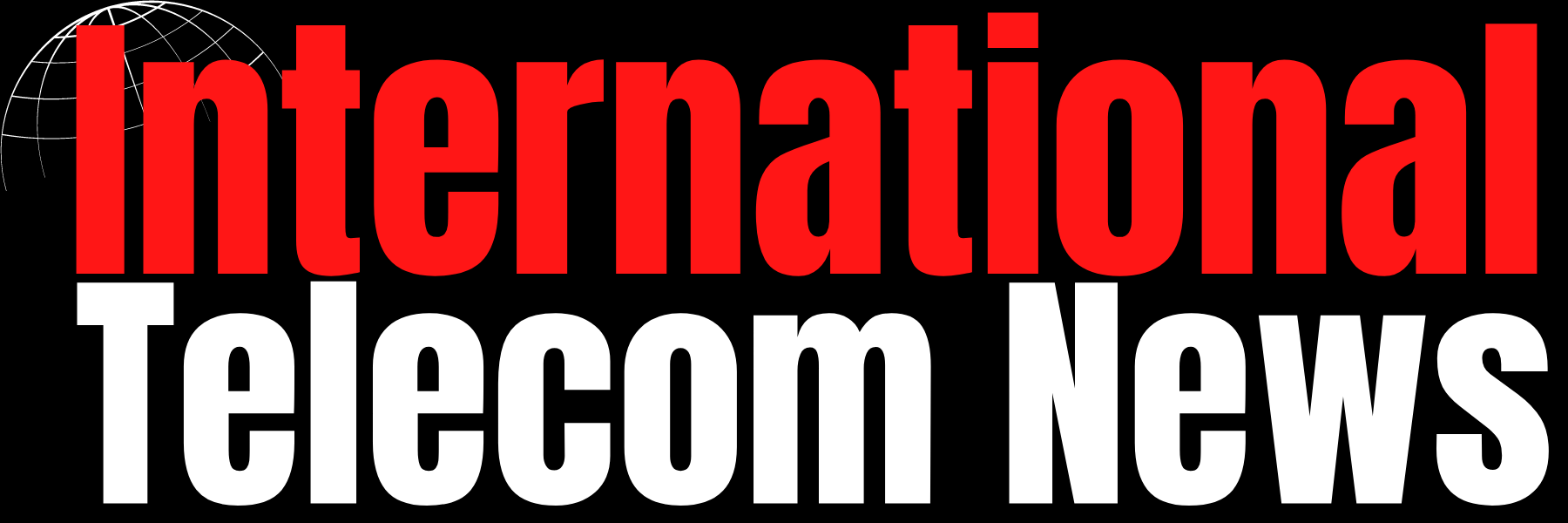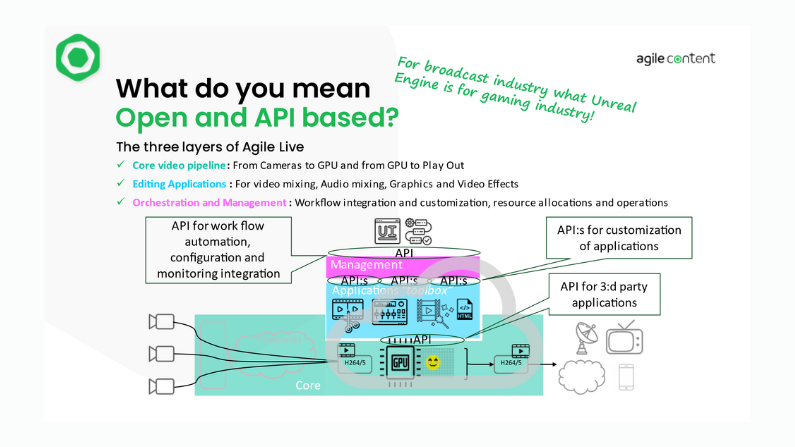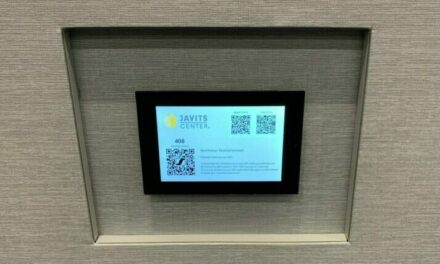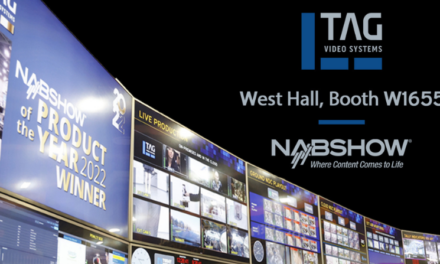Agile Content – Agile Live
Agile Live is the new GPU- and cloud-based production solution for live broadcast-grade TV from Agile Content. It harnesses readily available technologies, innovative GPU use, and a new transport protocol which make it a more efficient option for Live media production. The solution supports content contributed from a wide range of cameras, whether they’re professional broadcast cameras or prosumer and consumer-grade cameras. On top of this, it comes with a unique proxy workflow solution that enables remote and distributed production, providing the highest-quality programming for broadcasters from all over the world.
Being in a software-based solution that is orchestrated in the cloud comes with several benefits that include:
- Significant cost savings – The solution can dramatically reduce costs by eliminating the need to purchase additional hardware upfront, reducing the number of staff and utilising a shared infrastructure. It’s estimated that Agile Live could save up to 70% of total production costs.
- More sustainable – Agile Content’s analysis found that the solution can reduce a production’s environmental footprint by as much as 90%. The solution does this by replacing traditional broadcast stacks with cloud-based applications for remote, distributed production. It uses standard internet connections to produce and contribute content in real time from any live broadcast cameras and/or consumer devices. Agile Live is completely cloud agnostic and can be deployed on bare metal COTS, within private data centres or in public clouds.
- Better flexibility – Agile Live can be integrated with various other software solutions and concepts on the internet in a way that you can’t do with traditional hardware-based broadcast solutions. Its remote production capabilities mean that broadcasters can push streams across the internet and use those streams for production personnel around the world.
- Future-proofed technology – Agile Live completely re-engineers the broadcast stack, rather than simply placing the traditional broadcast workflow in the cloud. Built with a modern-day approach, it harnesses innovations across the internet and in the cloud. As an internet-based solution, it also lends itself nicely to integration with other concepts on the internet. Since Agile Live uses the same technology stack used by the game industry, broadcasters can easily explore different formats, such as the fusion of gaming and TV.
“Agile Live provides the broadcast industry with what game engines provide for the gaming industry. It equips broadcasters and content producers with a framework for building customised solutions where they can easily make changes in an open environment and automate much of the work that used to be very manual.” comments Johan Bolin, Chief Business Officer – Media & Broadcast at Agile Content, “Agile Live has been designed to address three of the biggest challenges being faced by broadcasters today; environmental impact, production expenses and increasing competition from new online platforms.”

The three layers of Agile Live
The cornerstone for building broadcast solutions
Agile Live can be customised to best fit broadcasters’ requirements, explore new formats and fit the kind of program being produced. At one end of the production line are the cameras, this could be a broadcast camera, set camera, a drone or handheld device that connected to a capture application that runs through an ingest server. Once the server captures and re-encodes video streams into an encoded format, it adds it to an open-source transport protocol that Agile Content called EFP (Elastic Frame Protocol), developed to replace transport streams which are not suitable for all IP or over the internet. The reencoded video stream is then transported over the internet and up into the cloud.
Using this protocol is exceptionally beneficial for web-based proxy editing. Broadcasters gain the ability to achieve fast turnaround live post-production, HTML graphics (burnt-in or delivered separately), 3D video effects, and interactive graphics or personalised visuals. Agile Live allows broadcasters and content producers to duplicate a video stream that will run simultaneously with the original but with lower latency and at a lower quality. This makes large video files much more manageable for editing and allows them to widen their reach by more easily facilitating viewer-centric formats on platforms like YouTube, Twitch, Kick or TikTok.
In the cloud, there are two production pipelines that include the decoding of the EFP protocol, and the video encoding puts the pixels in a Graphics Processing Unit (GPU) or Central Processing Unit (CPU). There are several reasons why we suggest GPU is best for this. Firstly, it manages the synchronisation of all the different streams so that you know that the pixels that come from the different cameras are all lined up according to the synchronization needs you have. Secondly, there’s an audio mixing application and a graphics application all while running in the cloud and on the GPUs without moving the pixels or the audio out of the GPU. We know that by working within the GPU, it saves a significant amount of energy, saves on hardware and makes tasks more efficient.
Once the streams are in the GPU, they go out for playout where production teams can create the distribution feeds. A unique benefit of doing this within the GPU is that broadcasters can adapt and create multiple seamless playout feeds that are designed and purposed for different kind of distributions. Agile Live allows broadcasters to orchestrate distribution of its channels across a variety of platforms, including social networks where the video needs to be curated in a different format than a traditional broadcast feed.

Achieving seamless playout across multiple formats and platforms
Where traditionally, the synchronisation, mixing and curation of live content have all been confined to the local domain of high-bitrate SDI, Agile Live’s internet-based infrastructure allows a diverse range of sources, operating in low latency and low bitrate, to be configured for mixing, graphics, and audio, with action commands sent to the high-quality delivery feed in the cloud for seamless playout.
To engage more disparate audiences effectively, broadcasters and media organizations must adapt to the multiple preferred platforms, which requires content curation and tailoring to specific formats. Agile Live makes this possible by being able to dynamically transform productions in real time. For example, it can create completely synchronised TikTok-curated versions of programming elements with portrait-style videos and other platform-specific adjustments.
Fuelling the broadcast of live sporting events
Swedish Television (SVT), Sweden’s public broadcaster and a long-term partner of Agile Content, used Agile Live to successfully broadcast its first entirely cloud-based remote live sports event in July 2023; the Royal Rally of Scandinavia, a new 16-stage, 185km round in the 2023 season of the European Rally Championship.
With an architecture that is designed to bridge production and distribution workflows, Agile Live’s ability to lower production costs meant that SVT could cover the entire three-day event with a significantly reduced budget. Additionally, following the event, SVT surmised that its partnership with Agile Content on the rally had substantially cut the production’s environmental footprint when compared to rolling out standard solutions.
Agile Content’s GPU and cloud-based production solution, Agile Live is an efficient, eco-friendly and cost-effective platform that is futureproofing broadcasting for broadcasters and current and emerging streaming platforms.
To find out more click here Homepage – Agile Content






